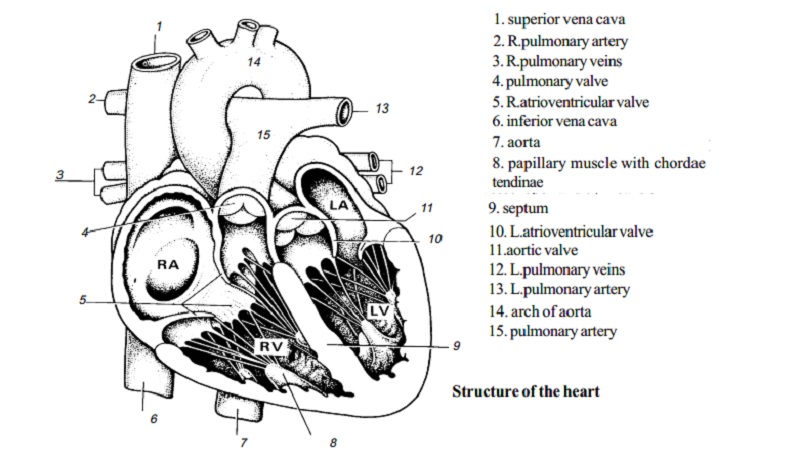Chapter: 11th 12th std standard Home Science Maintain Basic Knowledge for family life Higher secondary school College
Blood vessels - Arteries, Arteries, Capillaries

Blood vessels
There are several kinds of blood vessels. Arteries and arterioles always carry oxygenated blood from the heart, the exception being the pulmonary arteries which carry venous blood.
Venules and veins carry impure blood towards the heart except the pulmonary veins which carry pure blood.
Capiliaries are very minute blood vessels in which arterioles terminate and venules begin. They form a delicate network of vessels which ramify in most parts of the tissues of the body.
Arteries
They are composed of three layers, tunica adventitia, tunica media and tunica intima. The outer layer is protective in nature. The inner lining is very smooth and lined by a single layer of flat pavement cells. The middle layer is strong. It holds the vessel open and by means of contraction it exerts steady pressure on the blood. The thick walls of the larger arteries are themselves supplied with blood by a special system of tiny vessels known as the vasa-vasorum.
Capillaries
These are microscopic blood vessels through which materials are exchanged between blood and interstitial fluids. They unite to form venules which inturn form veins to carry blood back to heart. Capillaries branch to form an extensive capillary network throughout the tissue. The network increases the surface area allowing a rapid exchange of large quantities of materials. Capillaries are minute vessels in which the arteries terminate. As the arterioles get smaller and smaller, the three coats gradually disappear until when the fine hair-like capillary vessels are formed. These consist of one layer, the inner endothelial coat of the arteries. The extreme thinness of the vessels is highly suitable for filtration, diffusion, osmosis, etc.
Veins
Related Topics